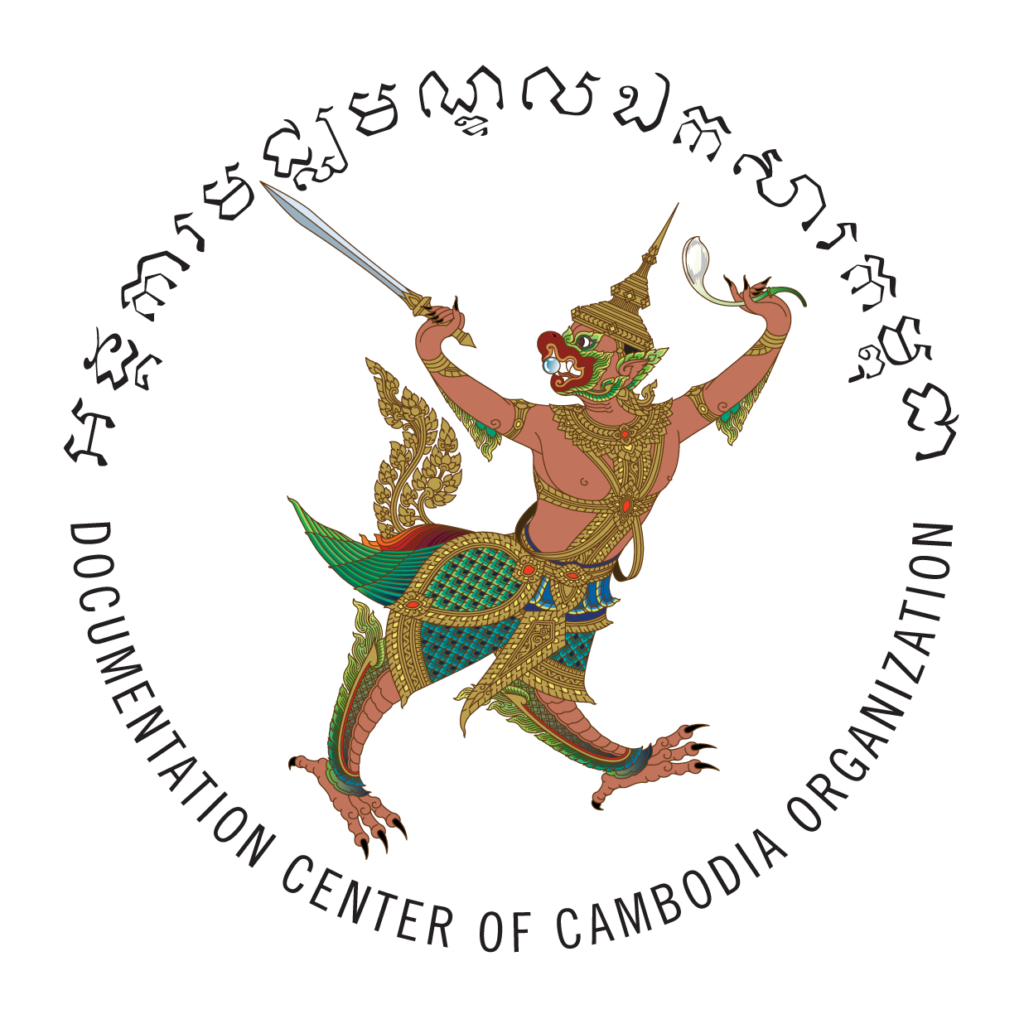Trapeang Prei Secondary School in Anlong Veng district hosted a classroom forum on the history of Democratic Kampuchea (1975-1979). It’s part of Documentation Center of Cambodia’s (DC-Cam) nationwide efforts to raise public awareness and educate students on the abovementioned history for the sake of memory, justice, and reconciliation.
As for Anlong Veng, such a forum has been consistently organized every month at five secondary and two high schools. Among four other secondary schools in the district, Trapeang Prei Secondary School was upgraded from a primary school in 2006-07 under the government’s policy of establishing a secondary school in each commune across Cambodia. It is now an educational bed for more than four hundred students from the entire Trapeang Prei commune.
On November 26, 2019 fifty-six 9th grade students were heard the presentation on the history and also compared notes with their classmates, who all come from various backgrounds. Half of the students claimed their parents are from Anlong Veng; the rest said their parents moved to Anlong Veng after the 1998 reintegration of the Khmer Rouge movement into the national folk.
After completing pre-classroom surveys, the student heard about some key historical events so that they could get a sense of how the Khmer Rouge (KR) originated, obtained power, and, finally, was overthrown in 1979. More than thirty photos from DC-Cam’s archives were shown to help create a long memory of the KR’s tragic rule from 1975 to 1979. In addition, a 10-minute documentary about Tuol Sleng Prison and Baset Prison were screened. The students were very attentive to the film. However, a few images in the film shocked and scared the students because it depicted corpses with their stomachs cut open being put on the streets. This is the first time such a documentary, produced by a vietnamese TV station in 1979, was screened in the school.
The students asked many questions, ranging from the rise of the KR to the reasons for the massive killings, and the number of deaths. One of the most remarkable topics was the discussion concerning “intolerance.” Despites being young, those interviewed found the term easy to understand and, thus, defined it almost similarly to each other. Fifteen-year-old Den Seina, grade 9th, thought that not being able to forgive others from their wrongs would lead to uneasy relations, vengeance, and, at some point, genocide. Her friend Ol Samnang, 13, proclaimed that it could be worse, by saying that it could cause conflict, war, or genocide. Although she did not live through the KR period, Samnang said that her parents’ narratives, her own studies, and this classroom forum confirmed this.
In regard to students’ perception about the forum, ninety-six percent viewed it as “good.” All of them agreed that studying DK history is important. While ninety-six percent of them believed that a mass atrocity occurred in our history, one-hundred percent agreed that they should not descrimate against the children of perpertrators. However, only fifth percent of students thought that we should continue to increase knowledge and memorize the DK’s history. Students’ knowledge concernign human rights and genocide definitions ranged from fifteen to thirty percent, as shown in the pre and post forum surveys. Their prior knowledge on peace, healing, reconcliation, and genocide prevention varied from eight percent to more than ten percent, according to their pre-forum surveys, was already high at an average of eighty percent.
SURVEY RESULTS
By: Suot Vechet
APPENDIX:https://photos.app.goo.gl/shiMU6bFGwFM7DdK6
TEAM: Hean Pisey, Mek Ven and Ly Sok-Kheang
DONOR: United States Agency for International
